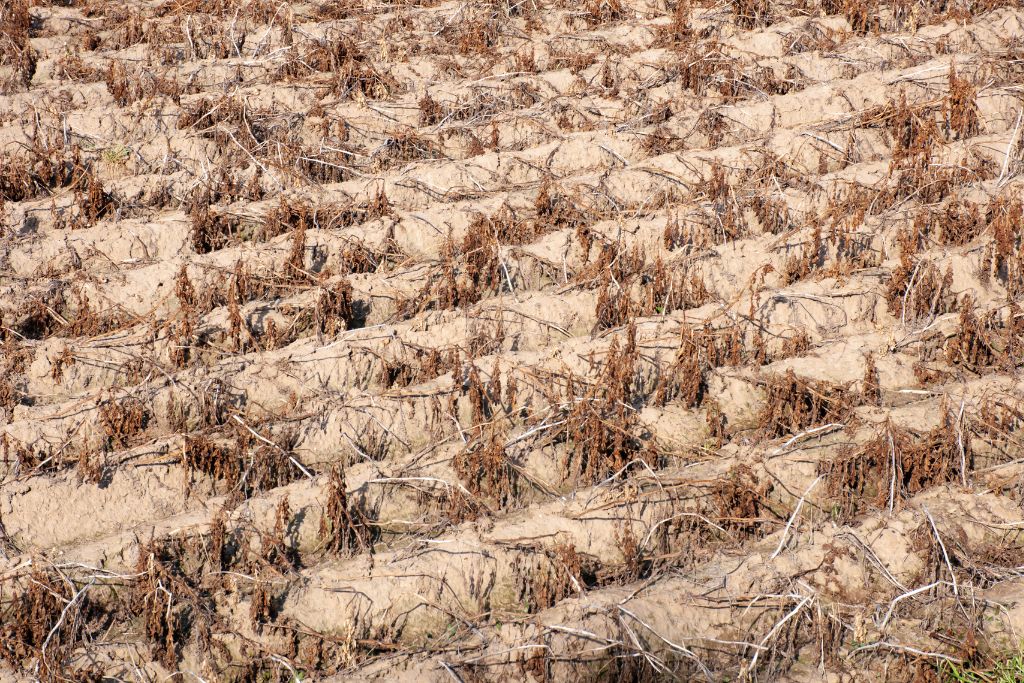
Two major heatwaves affected much of western and southern Europe, one between June 17 and 22 and the second one between June 29 to July 2.
—
Two extreme heatwaves swept through much of western Europe last month, contributing to the warmest June the region has ever recorded.
The average temperature stood at 20.49C, 2.81C higher than the 1991-2020 average, according to the European Union-funded Copernicus Climate Change Service.The previous record of 20.43 was recorded in 2003.
On June 30, the daily surface air temperature averaged over the western European region reached 24.9C, setting a new record for June. The same temperature was recorded on July 1. This is one of the highest daily temperatures ever observed in western Europe during summer, exceeded only between mid-July and mid-August, Copernicus said.

Two major heatwaves affected much of western and southern Europe, one between June 17 and 22 and the second one between June 29 to July 2. Feels-like temperatures exceeded 38C in much of the region, and soared to 46C in parts of Portugal and Spain.
In most of Spain, Portugal, France, and the UK, the average temperature recorded between June 17 to July 2 was the highest for that time of year since at least 1979.
The heatwaves were caused by a high pressure system over western Europe known as a heat dome, a weather phenomenon where a large area of high atmospheric pressure acts as a lid that traps hot air underneath continuously, causing temperatures to rise over an extended period of time.
Europe has continually become drier, following the lowest precipitation and soil moisture levels since at least 1979 in north-western Europe last month. Relative humidity averages over the European landmass reached a new low in June, at 2.7% below average and slightly below the previous record of -2.3% set in June 2022.
The average global surface temperature was 16.46C, 0.20C cooler than the record June of 2024, and 0.06C cooler than June 2023, currently the second warmest on record.
More on the topic: What Do Heatwaves Tell Us About Climate Change?
Record Ocean Heat
Meanwhile, an exceptional marine heatwave developed in the western Mediterranean with the daily sea surface temperature reaching a record-high of 27C for June.

These exceptionally warm waters reduce nighttime air cooling along the coast, increasing humidity and worsening heat stress on the human body. According to Copernicus’ report, marine industries, such as fisheries and aquaculture, are also affected by reduced water oxygen levels, which can severely impact marine life and disrupt ecosystems.
The reduction of oxygen in the ocean can compromise the habitats of marine organisms, reducing growth rates, disrupting reproduction and limiting where aquatic organisms can breed. Oxygen depletion also contributes to ocean warming and acidification.
Deadly Heat
A study looking at 12 major European cities found that 2,305 heat-related excess deaths were recorded, with 1,500 of these – or about 65% – linked to human-induced climate change. Over 80% of these deaths occurred in people over 65, the World Weather Attribution study found.
Approximately 163 million Europeans are expected to face unprecedented summer temperatures under a 2C global warming scenario, the report also said.
Severe wildfires broke out across the Mediterranean region as the heatwave increased fire-prone conditions, with the smoke from these fires further aggravating the health impact of extreme heat.
“June 2025 saw an exceptional heatwave impact large parts of western Europe. In a warming world, heatwaves are likely to become more frequent, more intense and impact more people across Europe,” said Samantha Burgess, Strategic Lead for Climate at the European Centre for Medium-Range Weather Forecasts.
💡How to stay safe in extreme heat
- 💧Stay hydrated: Drink around two liters of water per day, or about eight glasses. In heat conditions, experts recommend drinking throughout the day and urinating around six to seven times a day, or every two to three hours.
- 🍉Eat nutritious food: Stick to hydrating, fresh food such as watermelon, peaches, berries, grapes, and oranges, vegetables that can be juiced, as well as liquid meals such as soups. Avoid spicy foods, known to make the body sweat. Avoid cooking at home, and opt for the microwave instead of the oven if you have to.
- 💦Exercise responsibly: If you exercise outdoors, take breaks in the shade or indoors to allow your body to cool down faster. Wear sensible attire, such as lightweight, loose-fitting clothing made of breathable fabrics, such as cotton, linen, bamboo, polyester, nylon and microfiber. Hydrate well before a workout and drinking throughout every 15-20 minutes, especially when the physical activity lasts longer than an hour.
- 🌡️Follow local weather services: Check local meteorological services or news channels regularly, as they provide real-time updates and alerts about heat advisories and warnings. Local governments and emergency management agencies often post timely updates on social media platforms as well so keep them monitored.
- 📱Use weather apps: Download reputable weather apps that provide notifications about extreme heat conditions. Many of these apps allow users to set alerts for specific weather events in their area.
- ❗Sign up for emergency alerts: Many cities have rolled out local emergency notification systems or community alert programs that citizens can easily enroll in. These services often send text or email alerts directly to residents during extreme weather events, including heatwaves.
For more tips, check out our article on this topic. To learn more about the risks of extreme heat and how the world is adapting, you can read our 3-part series on extreme heat.
This story is funded by readers like you
Our non-profit newsroom provides climate coverage free of charge and advertising. Your one-off or monthly donations play a crucial role in supporting our operations, expanding our reach, and maintaining our editorial independence.
About EO | Mission Statement | Impact & Reach | Write for us








